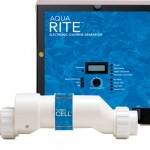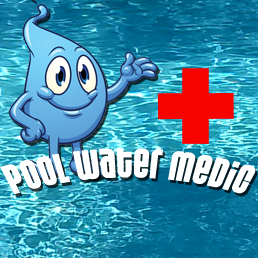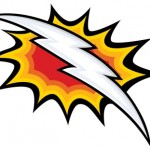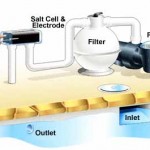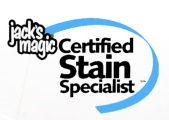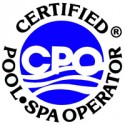Types of Swiming Pool Filters
ByThere are many different opinions when it comes to filtering your pool water. Below is some information that can help in choosing which filter is the best solutions for your pool. Any pool can be properly maintained with any of the filter systems available: Sand, Cartridge, or Diatomaceous Earth (DE).
Sand Filter
Water is pushed through a bed of sand filter media and removed through a set of lateral tubes at the bottom. The filter area of a sand filter is equal to the area of the filter itself.
The principle behind this filter is that water is pushed through the filter sand then the dirty water goes in the top and clean water exits out the bottom. As the filter sand becomes plugged with debris from the pool, the pressure increases on the filter and the water flow drops. In order to clean the filter, you just run it in reverse and empty out the wastewater and accumulated debris; this is referred to as “backwashing” the filter. Once the filter is backwashed, you move to the rinse mode and that repacks the sand and then back to filter. This has to be done manually every few weeks or when filter pressure rises more than 10-psi form clean operating range. From a hydraulics standpoint, a backwash valve is typically the most inefficient piece of equipment you can add to a swimming pool system. Should the sand ever become really dirty, it is easily and inexpensively replaced. In terms of particle size filtered out, sand is the lease effective method – it does allow smaller particles to pass back into the pool. Manufacturers recommendations are to have the backwash valve broken down and lubricated quarterly or every three months.
Cartridge
This one is easy to understand. Water passes though a filter material and the paper elements capture the debris. One of the major benifits that a cartridge filter offers that sand and D.E filters do not, is that it requires no backwashing saving hundreds a year on your water bill. Instead of backwashing the filter element is removed and cleaned which is no extra chrage with Pool Solutions LLC Complete Weeky Service Plan.
Some cartridge filters start at 100 sq ft but the majority of the cartridge filters sold is larger than 300 sq ft. There are two types of cartridge filters in general. In the first case, there are filters elements that are cheap to replace and as such, they don’t tend to last as long. Then there are other filters that have very expensive to replace and these last 5 or more years. In both cases, cartridge filters are designed to run at lower pressure than sand. This puts less back-pressure on the pump and therefore you get more flow and turnover for an equivalent pump size. Manufacturers recommendations are to have cartridge filter elements broken apart and cleaned at least quarterly or every three months. In terms of particle size filtered out, cartridge is somewhere between sand and DE.
DE
Diatomaceous earth is mined and is the fossilized exoskeletons of tiny diatoms. They are used to coat the “grids” in the filter housing and act as tiny sieves to remove debris. They are very small and as such can filter out particles as small as 1-3 microns.
Diatom filter area is sized between sand and cartridge – around 60-70 sq ft are most common. Once the filter pressure rises, the filter is backwashed just like a sand filter and then “recharged” with more DE powder. Typically it is poured in a slurry into the skimmer and it then coats the filter grids. DE filters run at higher pressures than cartridge filters and as such can lead to some inefficiency and flow loss. Manufacturers recommendations are to have the backwash valve broken down and lubricated quarterly or every three months.




